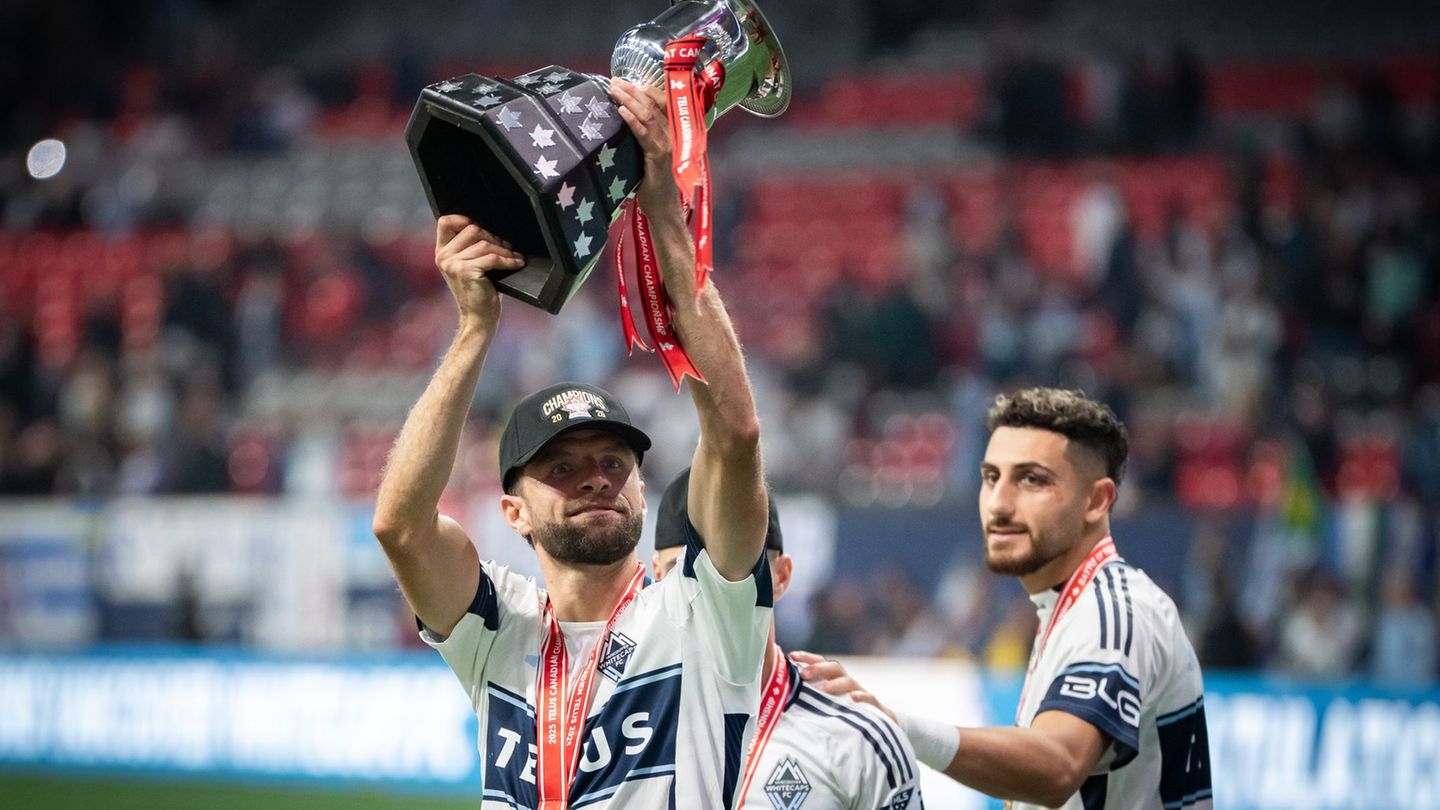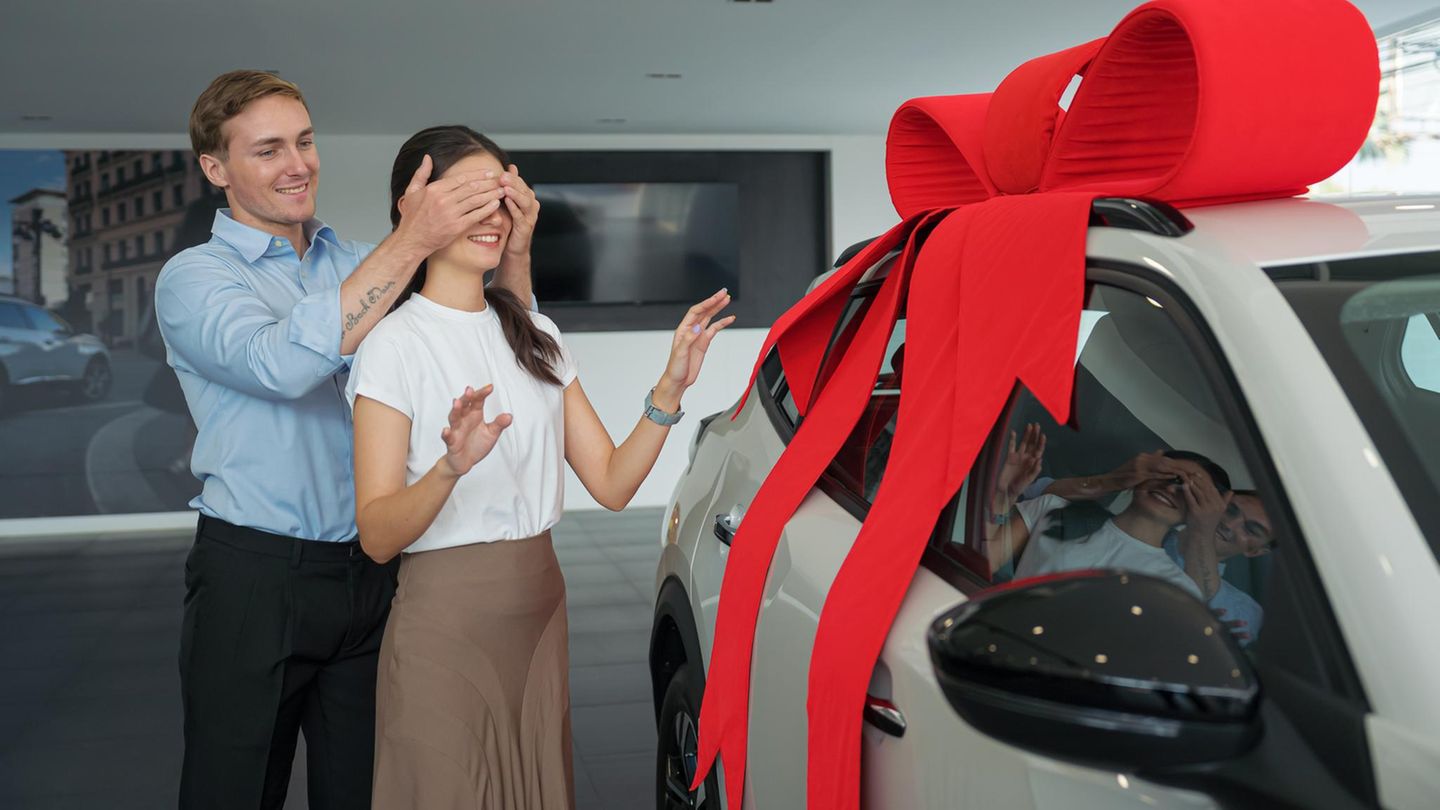The Ministry of Health announced the details are “currently in the final stages” at the request of the APA. Orient yourself to the step-by-step plan developed between the federal government and the federal states. “We assume that the regulation can be issued in the next few days,” said the Ministry of Tourism.
“In terms of content, we have already politically agreed on all the necessary rules, now it is only about the regulation that implements this agreement in a legally binding manner. We are in close coordination with the Ministry of Health”, promises Tourism Minister Elisabeth Köstinger (ÖVP).
Controls open point
For the time being, the cable car industry is exercising patience. “We urgently need a regulation. It would be desirable in the coming days. But the content is more important to me than the speed. Three or four days longer – it doesn’t matter. The content has to be right. It has to be a feasible regulation,” said the chairman of the professional association of Austrian cable cars in the Chamber of Commerce and ÖVP member of the National Council Franz Hörl in the APA conversation.
If the regulation is only available at the end of October, it would be too late, according to the Zillertal hotelier and cable car operator. In any case, according to his information, “intensive” work is being done on the set of rules. The regulation must state that a control of the 3G rule “only through the sale” is possible, the ÖVP politician made clear. Everything else – such as checks at the valley station before the lift ride – is logistically and capacity-wise not manageable for the cable car operations.
Only day passes for the tested?
It is also still unclear how to deal with people who have been tested, who want to buy multi-day passes, weekly tickets or season tickets and for whom the one-time test is logically not valid for the entire duration in most cases. Here, too, there is an urgent need for the relevant regulation so that the cable car users know where they are. Because “customer-friendly solutions” are already being worked on for those affected – for example, that the cards will initially only be activated for the duration of the validity of the tests. Depending on feasibility, if the ordinance is available, it could also come out that only vaccinated and convalescent people can purchase such cards, i.e. the 2G rule applies, Hörl did not completely rule out such a solution.
The current regulation applies to the current phase, as it were, without any regulation – passengers have to wear an FFP2 mask, but do not need a 3G certificate. Cable cars are “part of public transport” – you have to transport everyone without distinction. So you have no handle at all – even with voluntary controls, says Hörl. On some glaciers, skiing is already going on.
Police, authority, operator: who controls?
The season starts next weekend on the Stubai Glacier. There, too, people eagerly await the regulation. “As long as we don’t have a regulation, we can’t control anything,” said Reinhard Klier, CEO of Stubaier Bergbahnen KG, the “Tiroler Tageszeitung” (Wednesday edition). It is also unclear whether the police and health authorities or the operators should control. In any case, unlike last winter, the restaurants in the ski area are open. With control of the 3G rule.
On September 20, Köstinger and Health Minister Wolfgang Mückstein (Greens) announced their plans. Accordingly, the 3G rule (vaccinated, recovered, tested) should apply to hotels, restaurants, cable cars and Christmas markets. In the closed gondolas, an FFP2 mask must be worn in addition to the 3G proof when purchasing the ticket. There should be no capacity restrictions in the gondolas or distance rules. The same rules should apply to après-ski as to night gastronomy. The curfew hours are to be regulated autonomously in the municipalities and regions.
It is still open and particularly disputed who should monitor compliance with the provisions.





